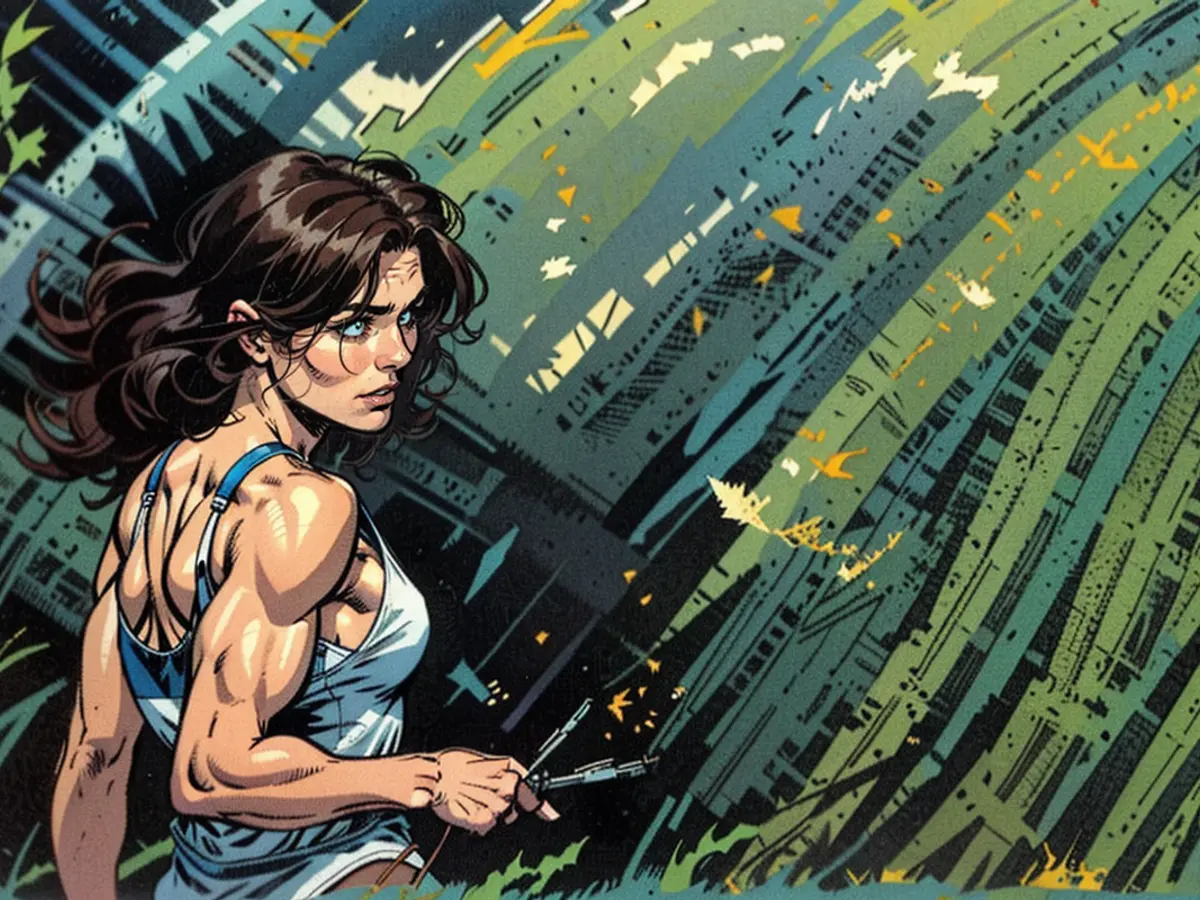"What's Your Identity?": An Artist Faces Images of Her Father's Former Romantic Partners
In the wake of her father's untimely death at 70, London-based photographer Caroline Furneaux delved into a trove of her father's 35mm slides. Their connection had been complicated, and she believed his demise left various aspects of their relationship unresolved. She expected to discover images from his mandatory military service or crop growth documentation during his stint as an agronomist in Sweden.
However, her exploration through her father's slide viewer revealed a different narrative. She encountered enchanting women she'd never seen before, showcasing their charm in convertibles, on beach rocks, or amidst wildflowers by the sea. Most of them were from the 1960s, captured in Sweden before he married, hinting at a possible series of girlfriends, flings, or strangers.
Furneaux's mother was conspicuously absent, present only in two pictures shortly after their meeting. As she scrutinized each slide, she wondered about the women's identities, their coy smiles illuminated through the small viewer.
These vibrant relics from his past somehow birthed a revelation for Furneaux. They offered a glimpse into a life aspect she had never known and an alternate persona of her father, adding a fresh and unfamiliar dimension to her understanding of him.
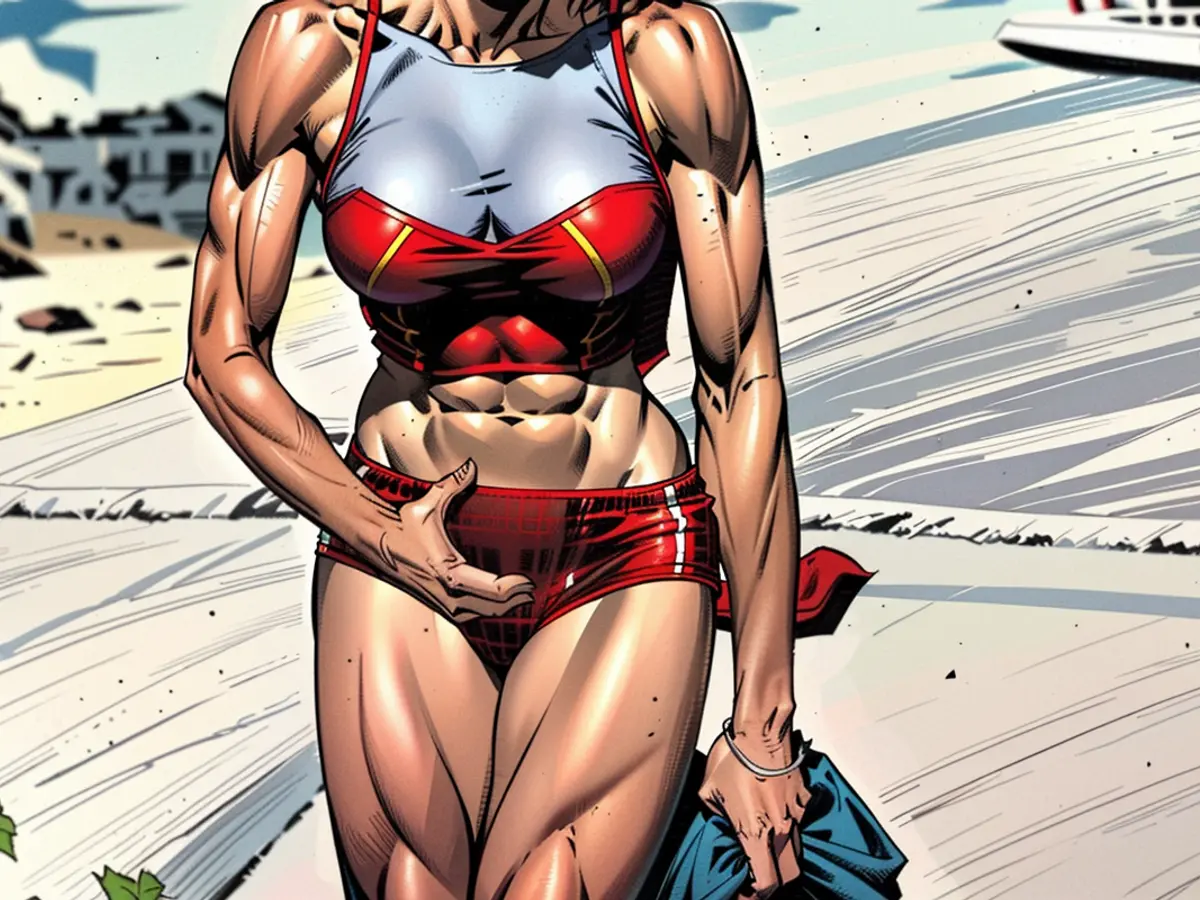
“Discovering these pictures was incredibly enlightening. I had a sneak peek into a part of his life I never imagined existed, along with a novel perspective of him,” Furneaux admitted.
“My complicated, challenging, and frustrating dad... and then there was this carefree, vivacious man seemingly having the time of his life,” she went on.
Furneaux later published these captivating images in a book titled "The Women I Never Knew," bringing to life the potential maternal figures that could have altered the course of her life. She imbibed each woman with a name (some discovered in a stash of letters, others created from imagination), highlighting selected details in her vivid portrayals. Other striking images included a women's resolute gaze or an idyllic moment delicately captured with cherry-red nails.

Identifying the women was initially challenging, and Furneaux sought assistance from her family members. But, without any leads, she realized the importance of the work shifted from fact-finding to understanding her father better.
“It feels like a new, intriguing journey with him,” Furneaux shared.
Remnants of a life
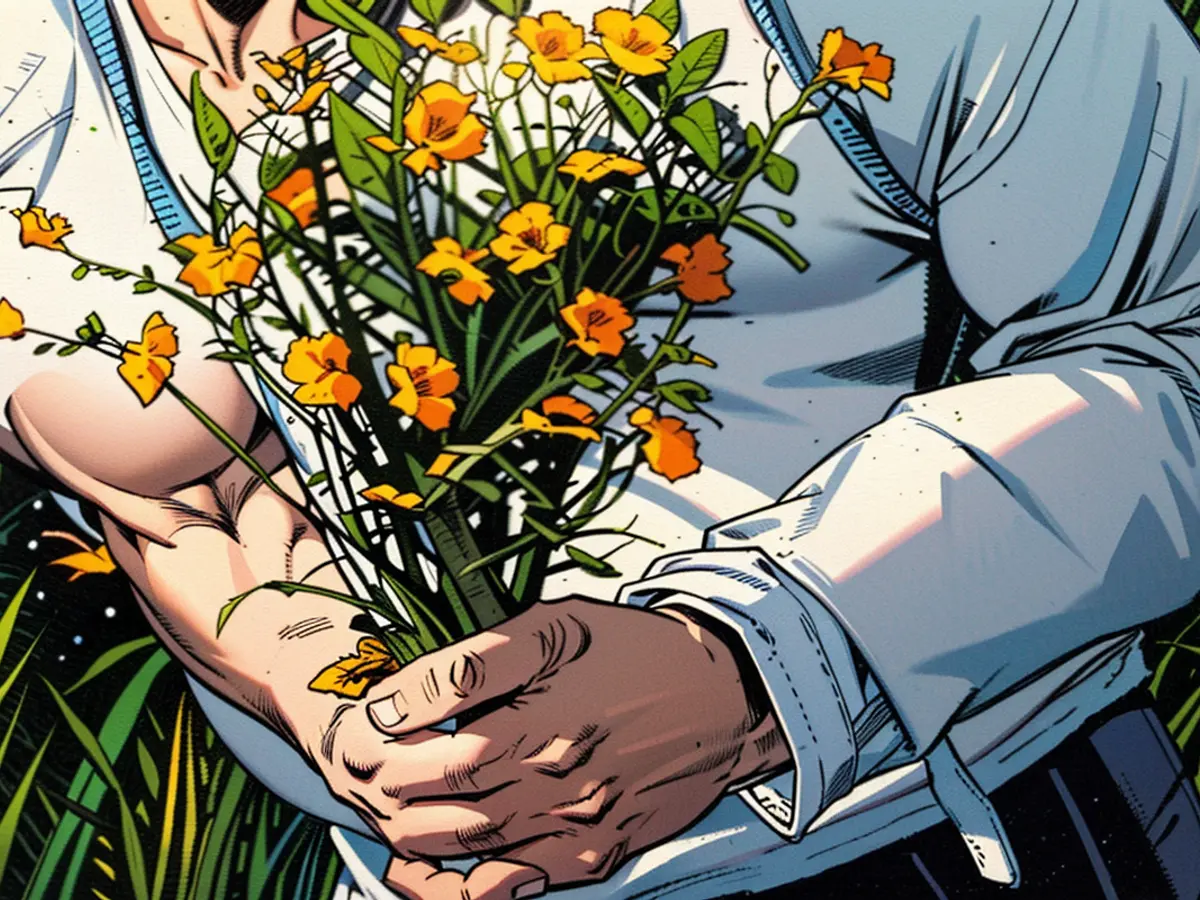
Furneaux's memories of her father, Colin, included a charismatic and playful individual with a vivid imagination that delighted her during her childhood.
“He was an excellent storyteller. He was funny, and people admired his company,” Furneaux recalled.
Despite his charming nature, Colin had a fiery temper that the family frequently experienced during their fights. Furneaux believed his explosive outbursts stemmed from a past filled with pain and emotional turmoil, yet she felt he was unable or unwilling to disclose the cause. She knew his tense history with her mother, who tragically passed away while he was still a teenager, and his complicated relationship with his stepmother.
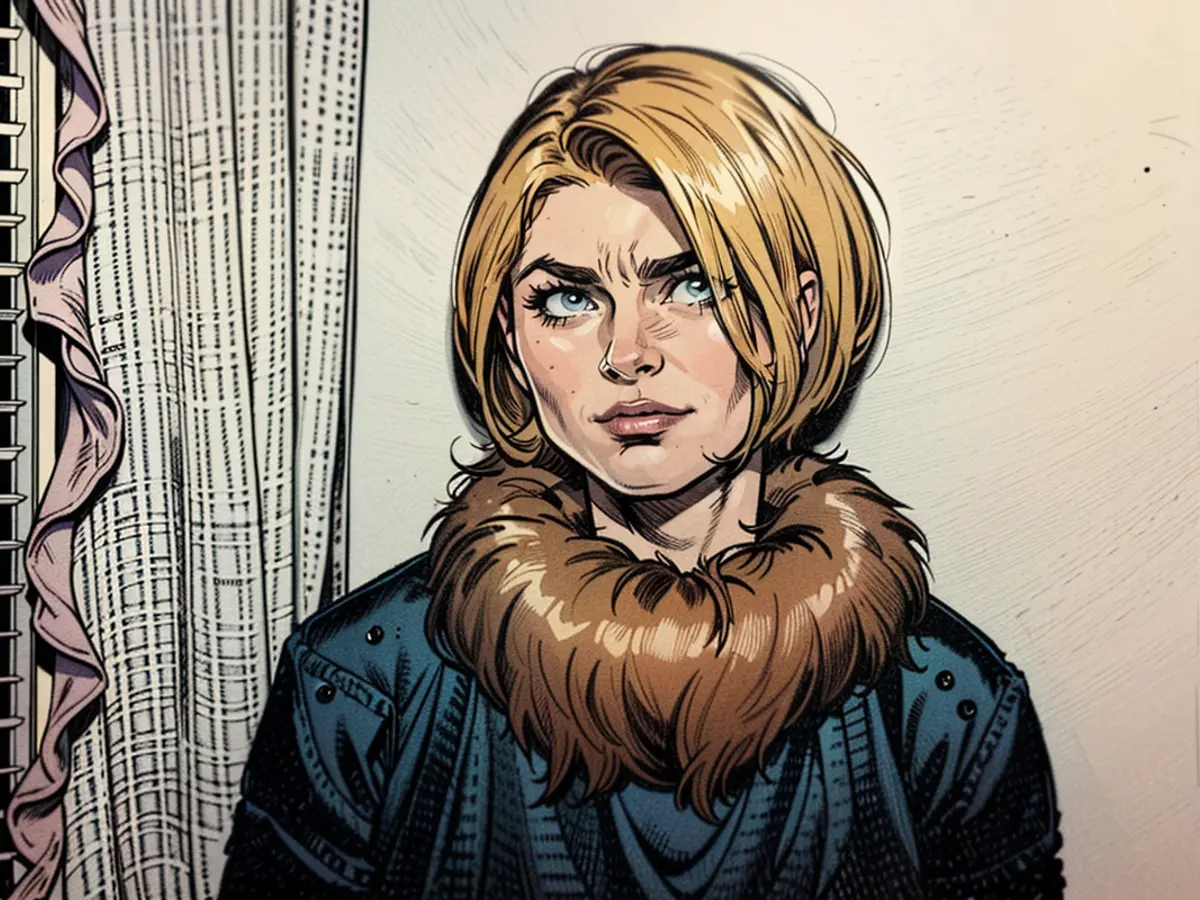
Throughout the book, Furneaux explores her father's past, discussing the precious collection of telegrams, postcards, and letters she found in a hidden closet box from her childhood. These treasured keepsakes were especially significant as his stepmother had disposed of most of their family photos and mementos, leaving behind a profound emptiness.
Furneaux's mother, Barbro, responded differently when asked about her feelings on uncovering these historical tokens from Colin's past relationships.
“You should have seen the men I dated,” Barbro replied gleefully, according to Furneaux. She included a beautiful photo of her mother, Barbro, in a light bikini, leaning against a red car, with bare feet in the forest, as the final match for her father.
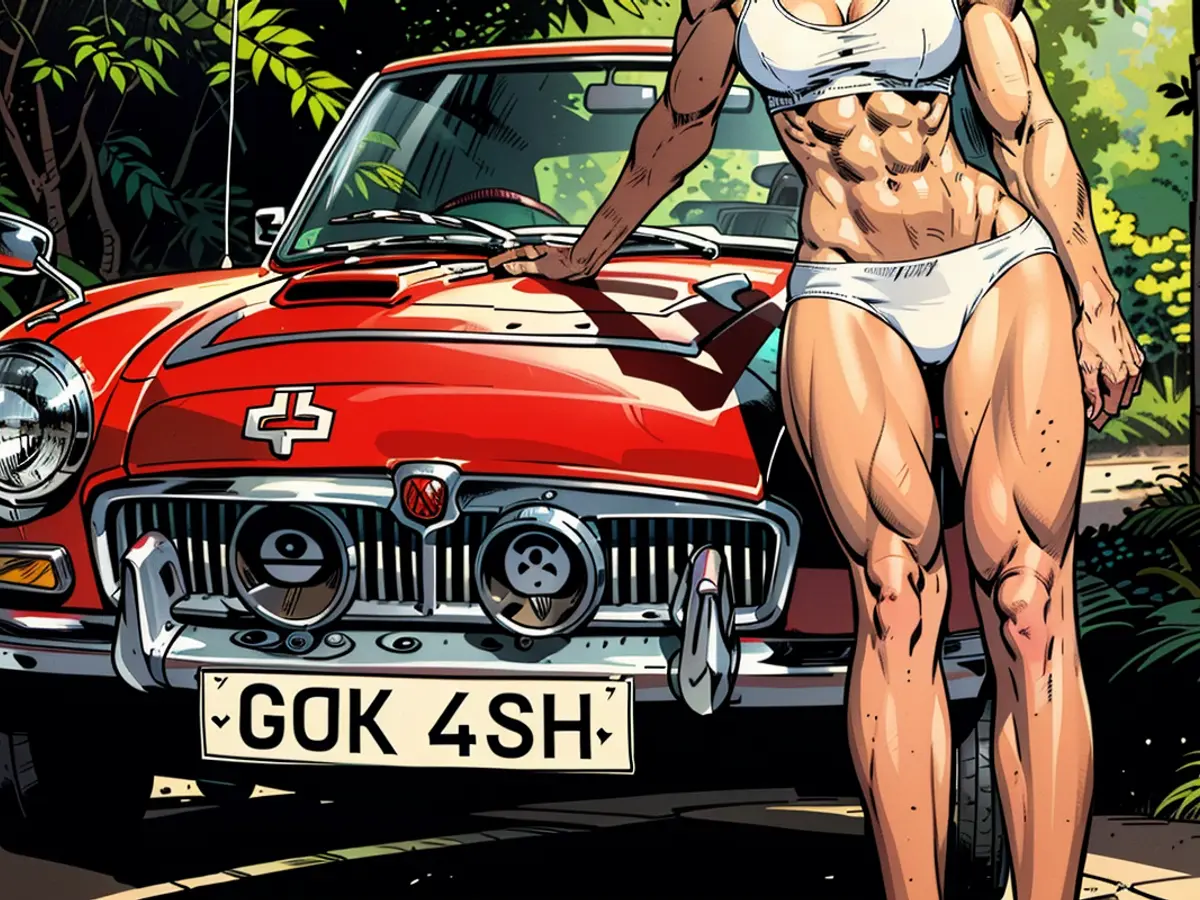
Although the family has not sought information on the women in the photographs, the more these captivating images are shared, the more Furneaux wonders if, perhaps, one of them or their loved ones might come forward.
“I have contemplated this possibility frequently — a daughter recognizing her mother or grandmother,” Furneaux mused. “That would be quite surreal.”
While most of the archive will likely remain mysterious, its revelations continue to intrigue, as the women's scrutinizing gazes hint at untold stories and emotions. One portrait, in particular, captures his image while he poses in a speedo, casually gazing at the ocean, its creator unknown. Furneaux chose to include it, suggesting a “pointer of gaze,” shifting focus to her father, one of few images featuring him in the book. The identity of the photographer remains a mystery, adding another layer of enigma to this captivating legacy.
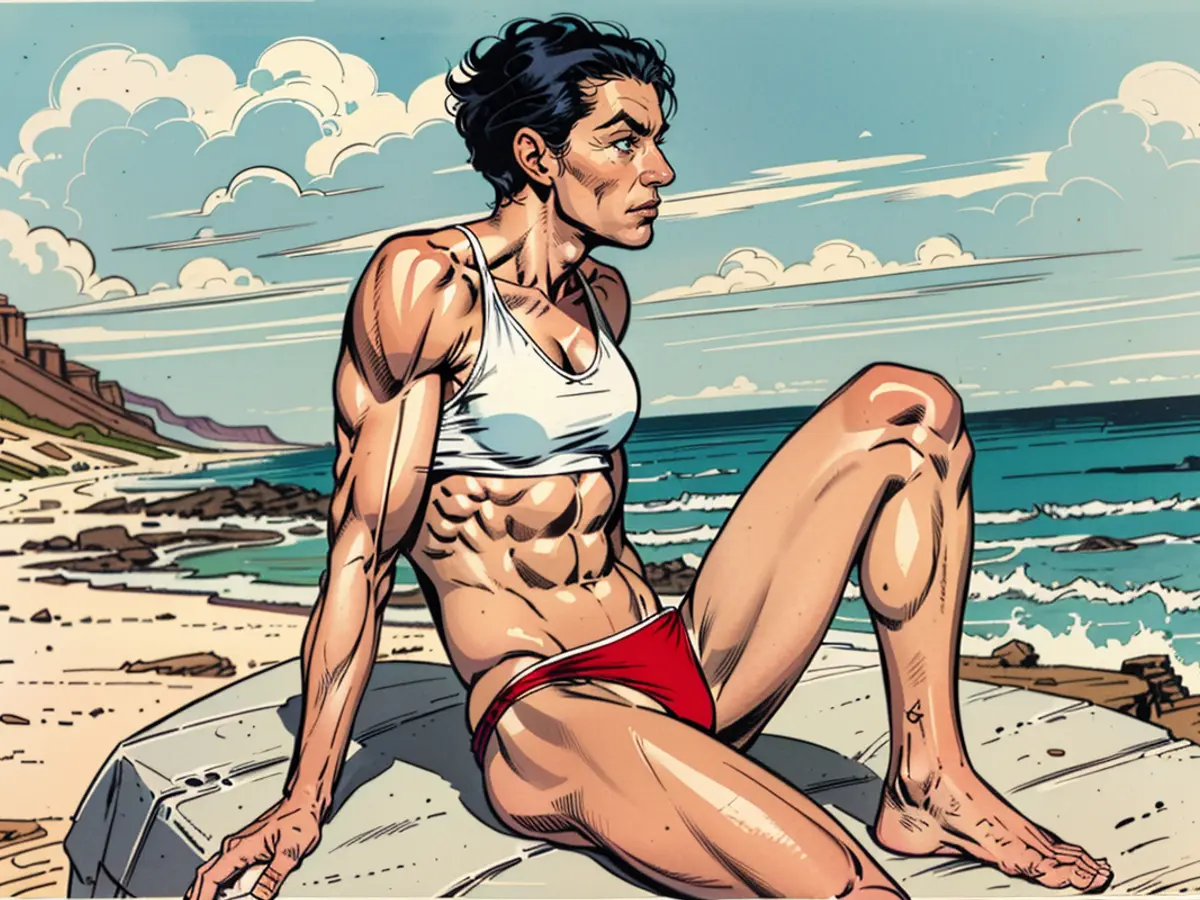
After discovering these hidden photographs, Caroline Furneaux began to appreciate her father's diverse artistic expression beyond his professional work. She noticed a distinct style in these images, showcasing a flair for capturing the essence of women's beauty and freedom.
These photos showcased a side of her father that she had never seen before, demonstrating his talent in the arts of photography and style.
